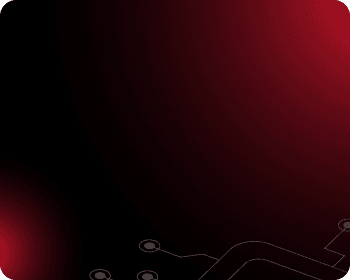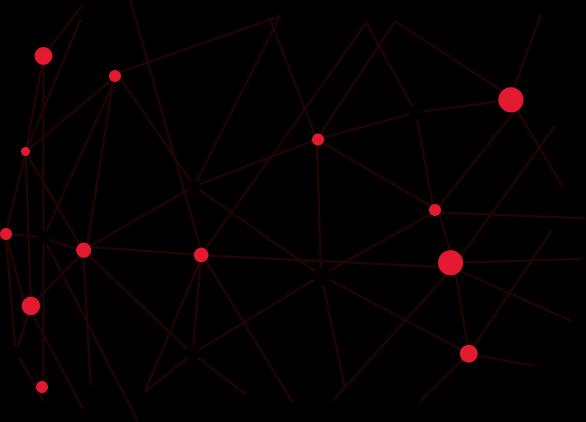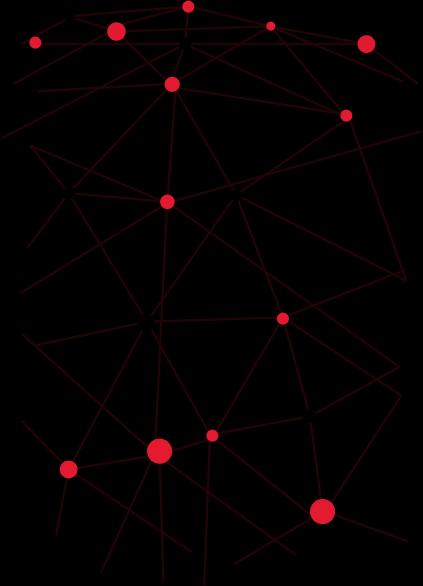
What is Dart Programming language? Features and applications of Dart
What is the Dart programming language? Why should you choose Dart to learn? In this article, we will explore in detail the Dart language, its outstanding features and its application in developing cross-platform software applications, helping you understand more about the potential of this language in today's ever-changing technological landscape.
I. What is Dart programming language?
Dart is a general-purpose, object-oriented programming language developed by Google, first introduced in 2011. Dart has a syntax similar to the C programming language and is known for its fast compilation speed, easy-to-understand syntax and flexible user interface development capabilities. Dart's flexibility is demonstrated through its ability to build web, mobile (Android and iOS), server and desktop applications, thanks to its integration with Flutter, a popular framework from Google. This provides developers with many options for creating modern and efficient applications.
II. History and development of Dart
Dart, developed by Google, started in 2009 with significant contributions from engineers Lars Bak and Kasper Lund. They created Dart to provide an alternative or complement to JavaScript in developing large-scale web applications with the goal of creating a modern, powerful and more flexible web programming language than JavaScript.
Dart was first introduced at the GOTO conference in Aarhus, Denmark, in October 2011. The initial goal of Dart was to replace JavaScript as the main programming language for web applications, offering improvements in performance and scalability. In the early years, Dart primarily focused on web application development but gradually expanded into other areas.
On November 14, 2013, Dart SDK 1.0 was officially released, with many robust support tools, including the Dart-to-JavaScript compiler, Dart Virtual Machine (VM) and the Dart Editor development tool. At the same time, Google introduced Dartium, a version of the Chromium browser with Dart VM built-in, allowing Dart code to run directly without needing to be compiled into JavaScript.

However, in 2015, Google decided not to pursue integrating the Dart VM into mainstream browsers and instead focused on improving Dart's ability to compile to JavaScript. This decision marked a significant turning point, redefining Dart as a front-end programming language with its code compiled to JavaScript to run in browsers.
In 2017, Dart 2.0 was announced with many significant improvements, emphasizing mobile application development. At the same time, Google introduced Flutter, a UI toolkit for developing mobile applications based on Dart, enabling developers to create beautiful and high-performance apps for both Android and iOS from the same codebase. The introduction of Flutter revitalized Dart, making it more popular in the app development community.
By 2018, Flutter 1.0 was released, drawing considerable attention to Dart, as Dart is the primary language for developing Flutter applications. In 2020, Dart 2.8 was released with further performance and tooling improvements, reaffirming Google's commitment to the development of Dart and Flutter. Dart and Flutter have become increasingly popular among app developers, not only for mobile apps but also for web and desktop applications.
III. What are the standout features of the Dart programming language?
Dart is known as an object-oriented programming language with an easy-to-understand syntax and flexible user interface development capabilities, making it a top choice for modern application developers. Here are some standout features of the Dart programming language:
1. Simple and Easy-to-Learn Syntax
Dart has a syntax similar to other C-style programming languages like Java and JavaScript, making it easy for developers to learn and quickly start using Dart. This reduces learning time and allows developers to start building applications quickly.
2. High Performance
Dart is designed to achieve high performance across all devices and platforms. This is achieved through Dart's Ahead-Of-Time (AOT) compilation, a method that compiles source code into native machine code before the application is launched, significantly improving the speed and performance of applications. This is particularly important for mobile applications and high-performance applications.
3. Support for Object-Oriented Programming (OOP)
Dart is an object-oriented programming (OOP) language with full features such as class-based inheritance and polymorphism. This helps developers organize source code clearly and manageably. Object-oriented programming also facilitates code reuse and the efficient development of more complex applications.
4. Null Safety
One of Dart's important and advanced features is null safety, which helps prevent runtime errors related to null values by ensuring that variables cannot contain null unless explicitly declared. Null safety not only improves code safety but also helps developers avoid common and difficult-to-detect errors. This is particularly useful in large and complex projects, where controlling null values is crucial to ensuring application quality and performance.

5. Fast Compilation
Dart supports both Ahead-Of-Time (AOT) and Just-In-Time (JIT) compilation, optimizing the application development process. Dart's fast compilation capability plays a crucial role in speeding up application development. Dart can compile source code to JavaScript, allowing applications to run smoothly on web browsers and it can also compile to native machine code for operation on mobile devices and desktops. This quick compilation not only minimizes developers' waiting time but also enhances work efficiency, making the development process smoother and more effective.
6. Cross-Platform Development
Dart, combined with Flutter, allows for cross-platform application development from a single codebase. Developers can build applications for iOS, Android, web and desktop without writing separate code for each platform. This saves time and resources while ensuring consistency and quality across all platforms.
7. Hot Reload Feature
One of Dart's most prominent and favored features is hot reload. When using Flutter, Dart supports hot reload, enabling developers to immediately see changes in the source code without restarting the application, speeding up development and debugging. Dart also integrates well with popular IDEs like IntelliJ IDEA, Android Studio and Visual Studio Code, offering conveniences like code auto-completion, debugging and source code analysis. With all these features, Dart is a powerful and flexible programming language, helping developers create efficient and easily maintainable applications across multiple platforms.
8. Good Integration with Development Tools
Dart integrates well with many modern development tools such as Visual Studio Code, Android Studio and IntelliJ IDEA. This makes it easy for developers to write, debug and deploy source code efficiently. These tools also offer features like code suggestion, error checking and project management, enhancing work productivity.
These standout features make Dart a powerful and flexible language suitable for various applications, from web and mobile to desktop, meeting the needs of developers in a modern technological environment.
IV. Applications of the Dart programming language
Dart is widely used in various software development fields, particularly in mobile, web and desktop applications. Here are some areas where Dart is commonly and effectively used:
1. Mobile Application Development
Dart has become especially popular thanks to Flutter, a UI framework developed by Google. Flutter allows developers to build high-performance, cross-platform mobile applications with beautiful user interfaces and smooth experiences. Using a single codebase, developers can deploy their applications on both Android and iOS, saving time and effort compared to writing separate code for each platform.
2. Web Application Development

3. Desktop Application Development
With the development of Flutter, Dart is not limited to mobile and web applications but has also expanded into desktop application development. Flutter for Desktop allows developers to create applications that run on Windows, macOS and Linux from the same codebase. This extends Dart's application scope, enabling developers to reach a large number of users across multiple platforms.
4. Server-Side Development
Dart is not only powerful in developing user interfaces but also proves to be very effective in building server-side applications. The dart library and extensions like Aqueduct help Dart build robust and efficient server applications. Dart can handle HTTP requests, manage database connections and perform complex server-side tasks, similar to Node.js, while leveraging Dart's superior advantages.
5. Tool Development
Dart is also used to develop tools and utilities that support the software development process. For example, command-line tools (CLI) written in Dart can automate tasks, manage projects and perform other functions efficiently.
V. Conclusion
SHARE THIS ARTICLE
Author
Huyen TrangSEO & Marketing at Tokyo Tech Lab
Hello! I'm Huyen Trang, a marketing expert in the IT field with over 5 years of experience. Through my professional knowledge and hands-on experience, I always strive to provide our readers with valuable information about the IT industry.
More Posts

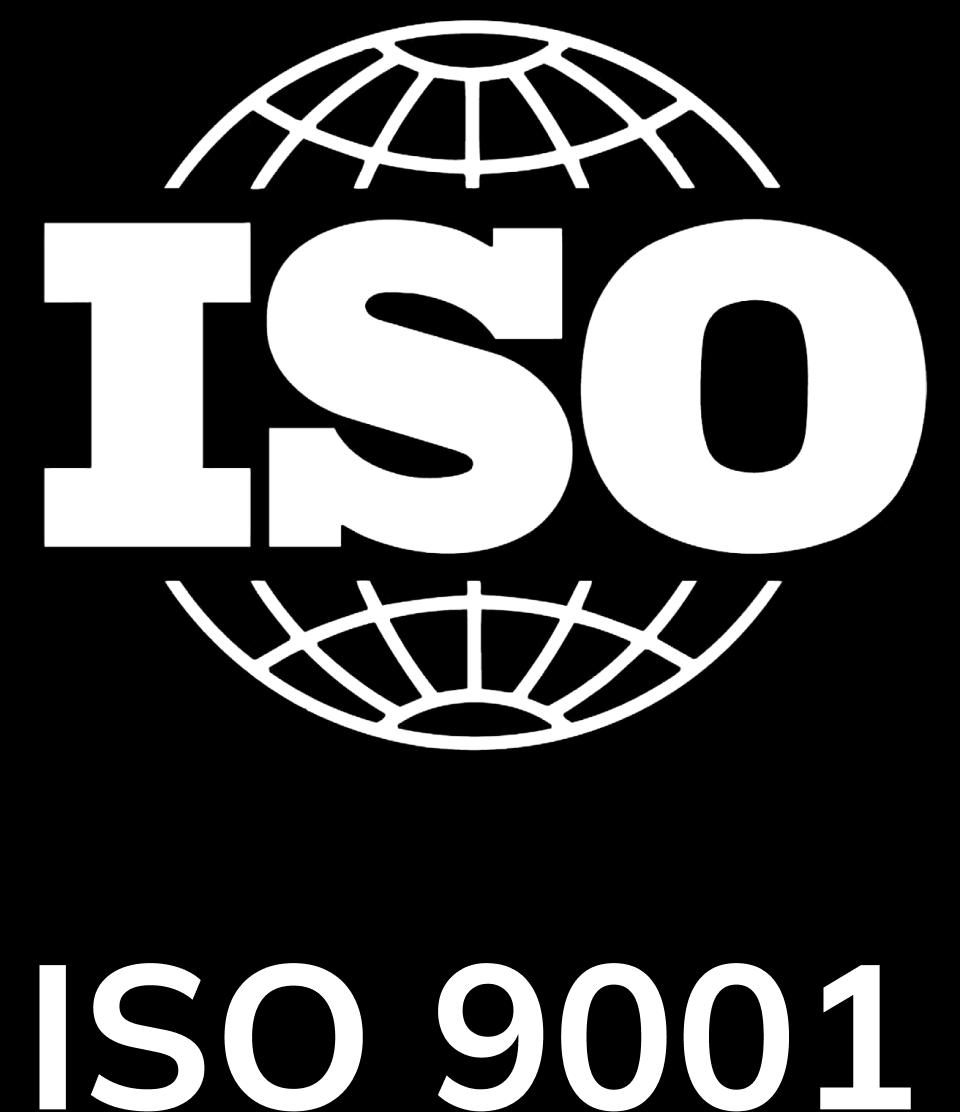
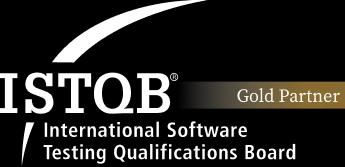
About Tokyo Tech Lab
Services and Solutions
Contact us
© 2023 Tokyo Tech Lab. All Rights Reserved.
